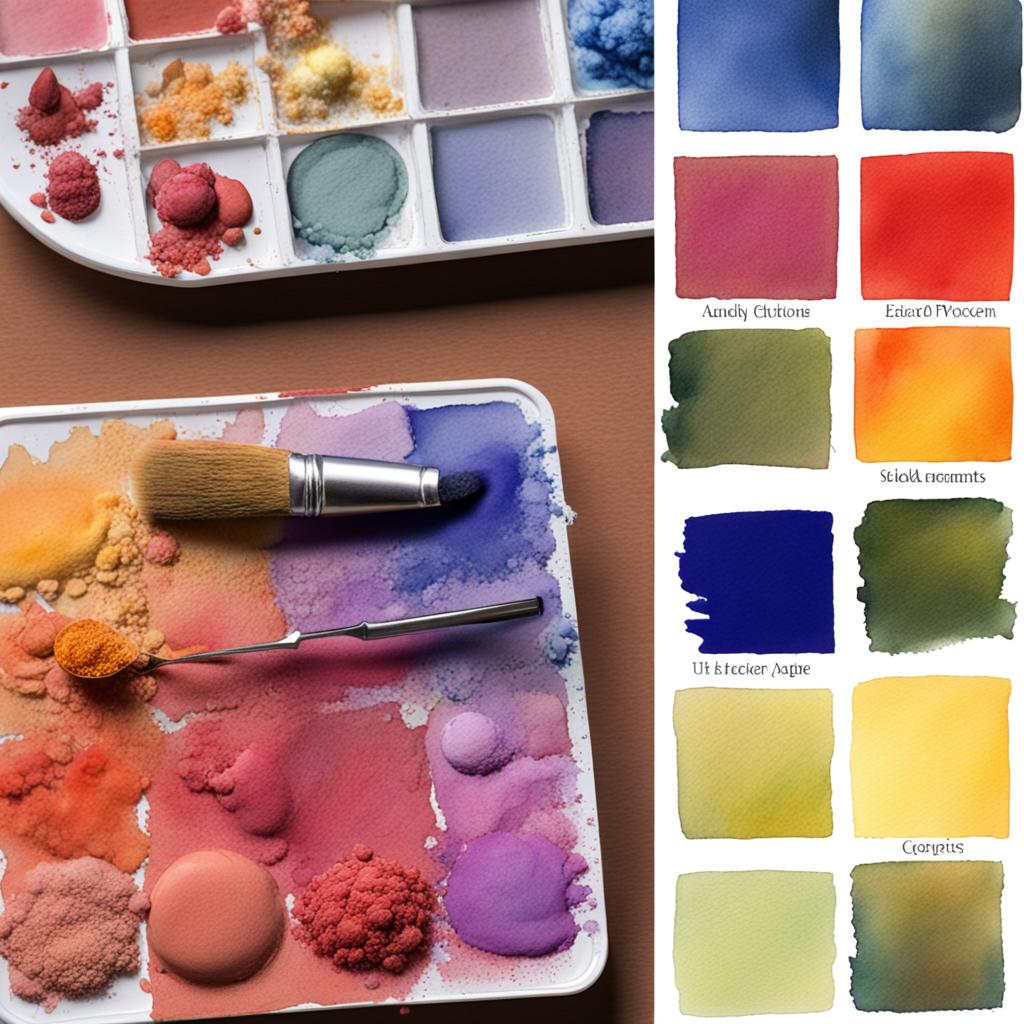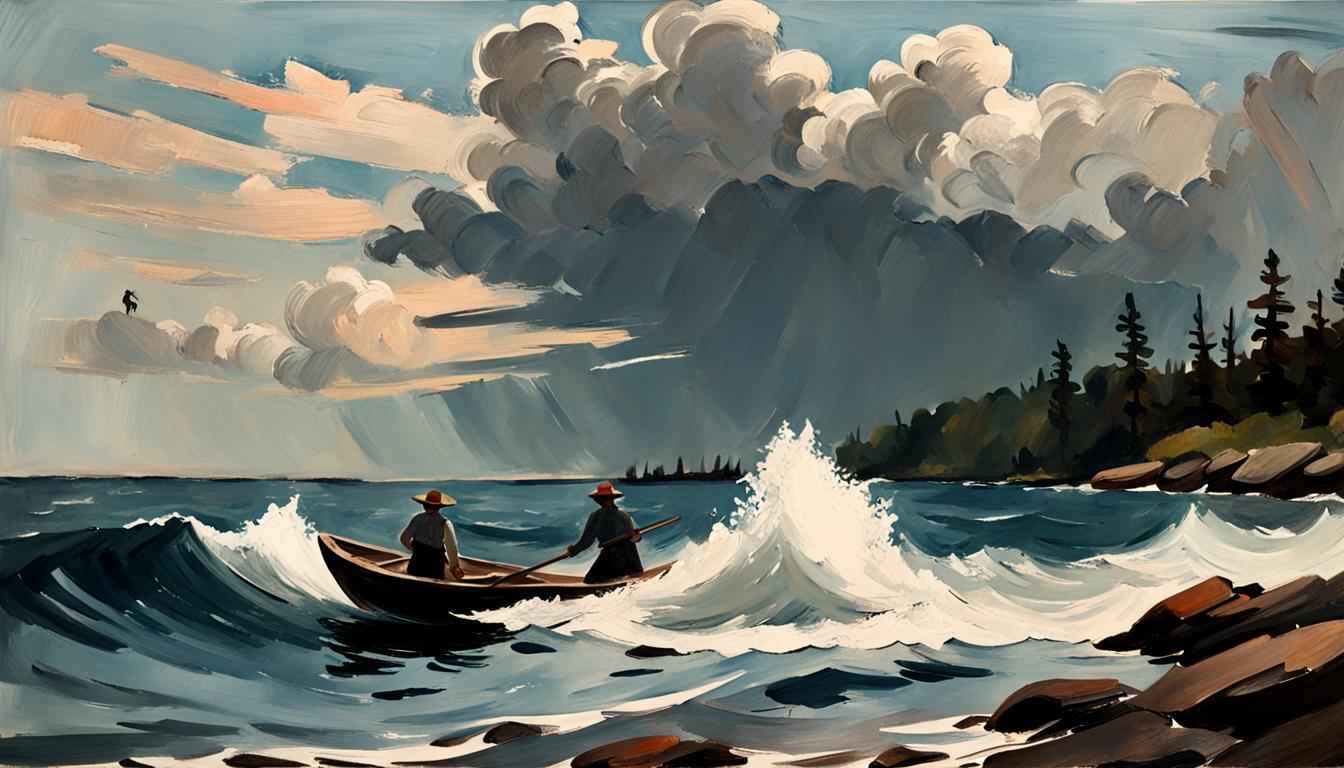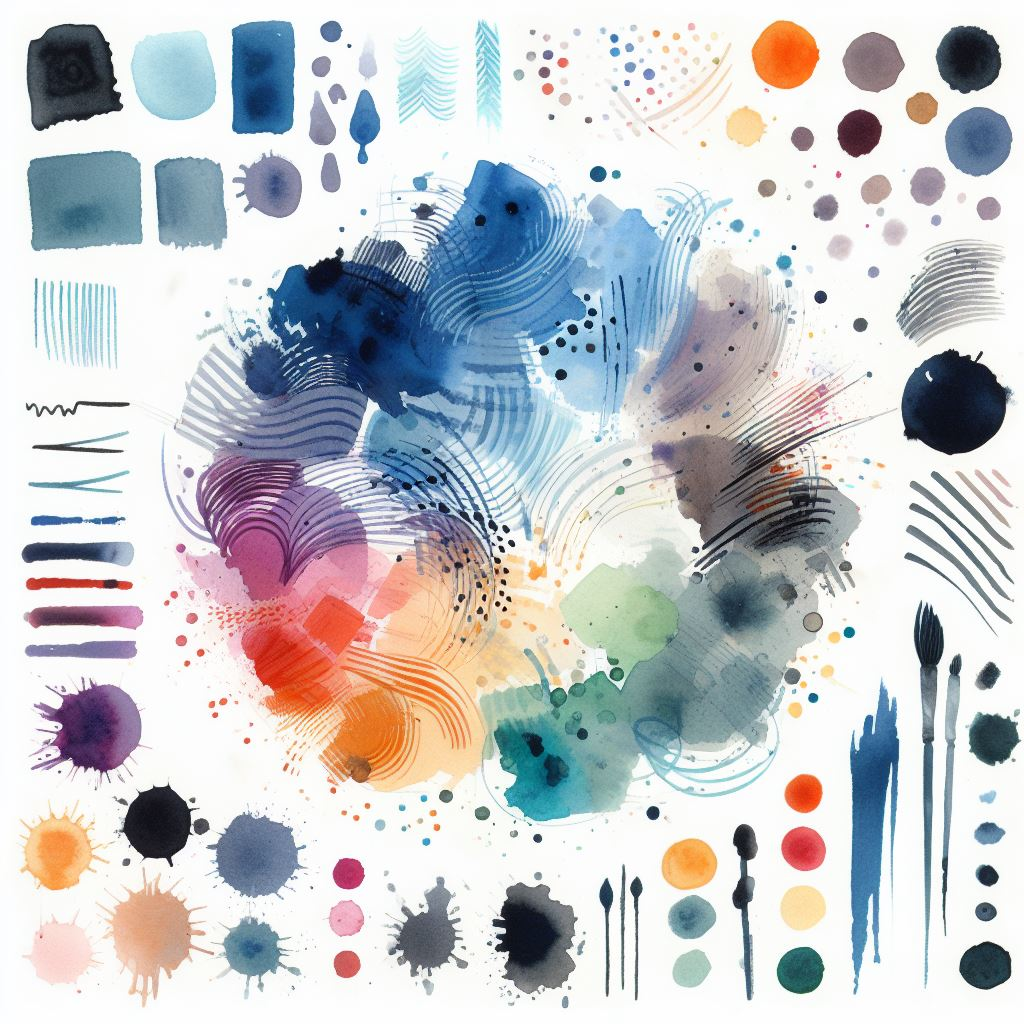
Watercolor painting allows artists to express themselves through luminous washes of color. However, starting out can feel overwhelming with so many supply options. In this article, we will explore the 5 essential watercolor supplies and provide details on specific product recommendations along with tips, tricks, and examples of how to use each one to its fullest potential. By understanding the fundamentals, you’ll be well on your way to creating breathtaking paintings.
Let’s begin our exploration of the watercolor palette by examining the #1 essential – brushes.
Brushes
Brushes are the artist’s primary tool for applying and blending color. Having a variety of brush shapes and sizes is crucial. Here are the core brush types every watercolorist needs:
| Brush Type | Uses | Recommended Brand & Sizes |
| Round Brush | Detail work like lines, foliage | Raphael 8404 size 0-2 |
| Bright Brush | Washes, wet-into-wet techniques | DaVinci Maestro size 6-10 |
| Flat Brush | Large areas of color, brushstrokes| | Cotman Flat size 10-12 |
In addition to natural fibres like Kolinsky sable, synthetic brushes made from nylon or Taklon fibres are also suitable options. These hold water well without breaking the bank. Always rinse and store brushes with bristles to maintain their shape.
Keeping brushes in good condition will ensure smooth, refined color application and blending session after session. With the right brush care techniques, a single brush can last for years with regular use.
Pigment
At the heart of any watercolor painting is the pigment or paint itself. High-quality professional-grade watercolors are essential for luminous color that does not fade or stain over time.
Student grade pigments tend to be dull and chalky, making vibrancy difficult to achieve. A core tube watercolor set contains the primary colors necessary for mixing nearly any hue. Brands such as Daniel Smith and Winsor & Newton offer professional-level pigment at affordable prices.
Here is an example watercolor palette with 12 core tube colors:
| Color | Pigment/Color Index Number |
|---|---|
| Cadmium Yellow Medium | PY35 |
| Cadmium Red Light | PR108 |
| Alizarin Crimson | PR83 |
| Phthalo Blue (Red Shade) | PB15:3 |
| Cerulean Blue | PB35 |
| Ultramarine Blue | PB29 |
| Burnt Sienna | PBr7 |
| Yellow Ochre | PY43 |
| Burnt Umber | PBr7 |
| Raw Umber | PBr7 |
| Payne’s Grey | PBk7 |
| New Gamboge | PY97 |
With these colors, you’ll be equipped to mix nearly any hue you desire. Always use the minimal amount of pigment needed on your palette to avoid waste, while achieving vibrant saturation.
Paper
The surface you apply paint to is as important as the pigment itself. Watercolor paper needs an optical tooth or mild texture for pigment to deposit gracefully. Two popular paper types include:
- Cold Press: Has a slight texture ideal for layering washes. Color sits cleanly on the surface.
- NOT Press: Has a very smooth finish that causes pigment to disperse more evenly but is less suited for layering techniques.
When choosing paper, always select a 100% cotton or cotton-based paper for its ability to expand and contract with applied water without buckling or warping. Cotton paper also resists tearing better than wood-based papers when wet.
Heavier weights of 140lb (300gsm) or higher are best for withstanding multiple layers. Avoid thin papers that pill or tear more easily. Sheets sized 9×12 inches or larger allow for detail work.
It’s also wise to have a few extra practice sheets before working on your good paper. This lets you experiment without fear of ruining a finished piece. Always store paper flat to prevent creasing.
Palette
Whether plastic or ceramic, a spacious in-set palette is indispensable for keeping your pigments clean and separate while mixing colors. Larger palette sizes allow for more complex mixtures.
Ceramic pallets offer heavy-duty durability but can be more expensive than plastic. On the other hand, plastic is lighter weight and easy to clean. Look for palettes with lids to preserve paint between uses.
Wells set into the palette surface make organized color mixing a breeze. Deeper wells hold more fluid than shallower ones before needing refills. When mixing on the palette, always use the minimal amount of pigment necessary to economize your paint supply.
Additional Tools
While brushes, pigment, and paper constitute the core of any watercolor setup, a few extra supplies make the painting process easier:
- Water Containers: One for clean water, one for dirty water to prevent re-contamination. Glass jars or buckets work well.
- Rags/Paper Towels: For blotting brushes and wiping mistakes. Old cotton t-shirts make excellent rags.
- Easel: A portable easel lets you work hands-free in any location. Tabletop easels are compact.
- Reference Photos/Drawings: Helps with observational painting accuracy.
- Sealer: Apply a fixative or UV-protectant to finished works after drying.
Setting up your watercolor supplies in an organized fashion makes jumping into a painting session stress-free. Always have your core pigments, brushes, palette and paper at the ready on your work surface. With the five essentials covered, you’re prepped to let your creativity shine!
| Supply | Purpose | Recommendations |
|---|---|---|
| Brushes | Color application | Variety of shapes & sizes from core brands |
| Pigment | Luminous color | Professional grade tube paints like Daniel Smith, Winsor & Newton |
| Paper | Tooth for layering | 100% cotton, 140+ lb, cold press |
| Palette | Clean mixing | Large plastic or ceramic with lids |
| Accessories | Convenience | Easel, containers, rags, photos/drawings, sealer |
In conclusion, proper watercolor supplies are key to breathing life into your artistic visions through translucent layers of vibrant pigment. Focus first on sourcing high-quality brushes, paint, and paper tailored towards your personal painting style.
With the core five covered and a little practice, you’ll be creating breathtaking works worthy of any gallery wall. Most of all, enjoy the relaxing and therapeutic process of giving form to your creativity through the fluid art of watercolor.

